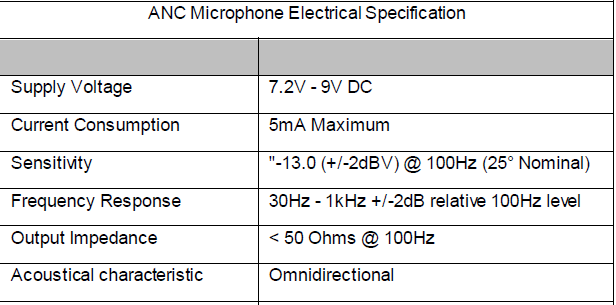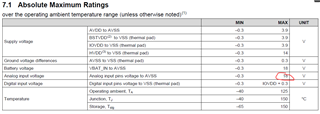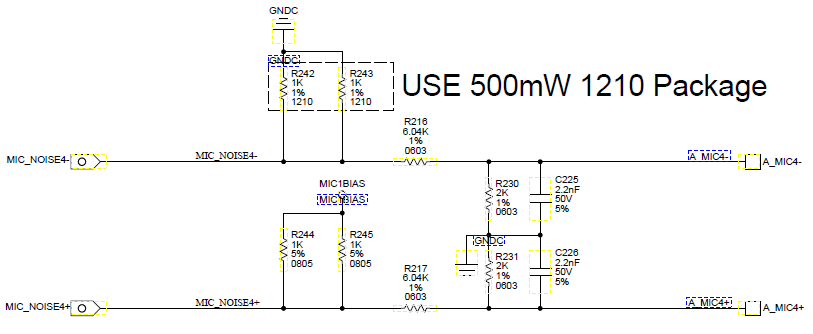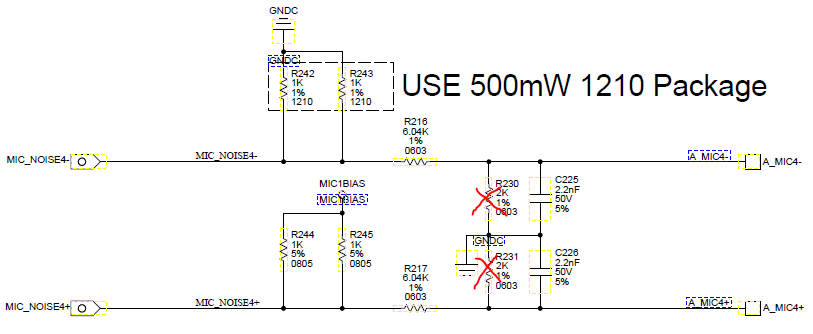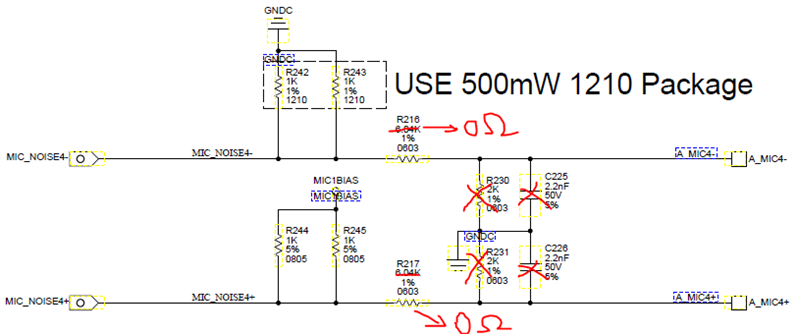When we used PCM6340QRTVRQ1, we faced the below problem in our project.
The BCLK (3.072Mhz) is intermittent, If you talk to Microphone(Input to ADC), BCLK will output 3.072MHz, when there is no sound ,BCLK is 3.3V(high level).

We check the registers of the chip, found there are some fault report like: INxM short to ground detected.
Our input circuit as below:

I want to make sure that can we connect R232 R231 to Ground? We set the Differential input full-scale AC signal voltageis 2Vrms.In order to prevent the MIC output from being greater than 2V, the resistance partial voltage is used.
But we found the IC have DIAG_CFG1 Register ,there are a lot of threshold values as below:

Does the circuit we used need to adjust the chip's DIAG_CFG1 Register threshold Settings to avoid faults?
If we use the default DIAG_CFG1 Register threshold, the faults occur,Can we set PD_ON_FLT_CFG[1:0] to 0(Faults event are not used for ADC and MICBIAS power down),so the BCLK do not stop output.
Because we use Diagnostic SAR monitor data to set DIAG threshold (short to Batt 、short to GND......)and do not use the CHx_LIVE Register to Judge short circuit state,can we do not deal with the chip's DIAG register fault?
-
We try to set up PD_ON_FLT_CFG[1:0] to 0, found the Diagnostic SAR monitor data to set DIAG threshold is changed,why PD_ON_FLT_CFG affects SAR monitor data? Could you please explain the specific reason?
Need your support
Thanks.


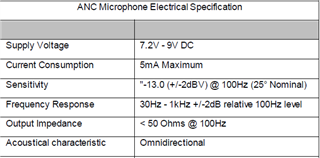
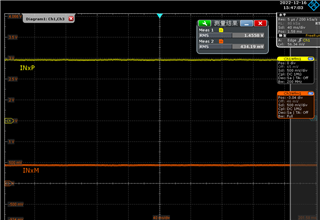
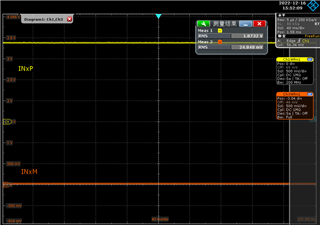
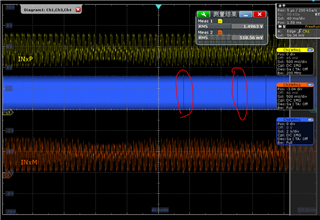
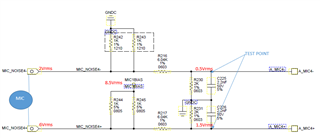 \
\
